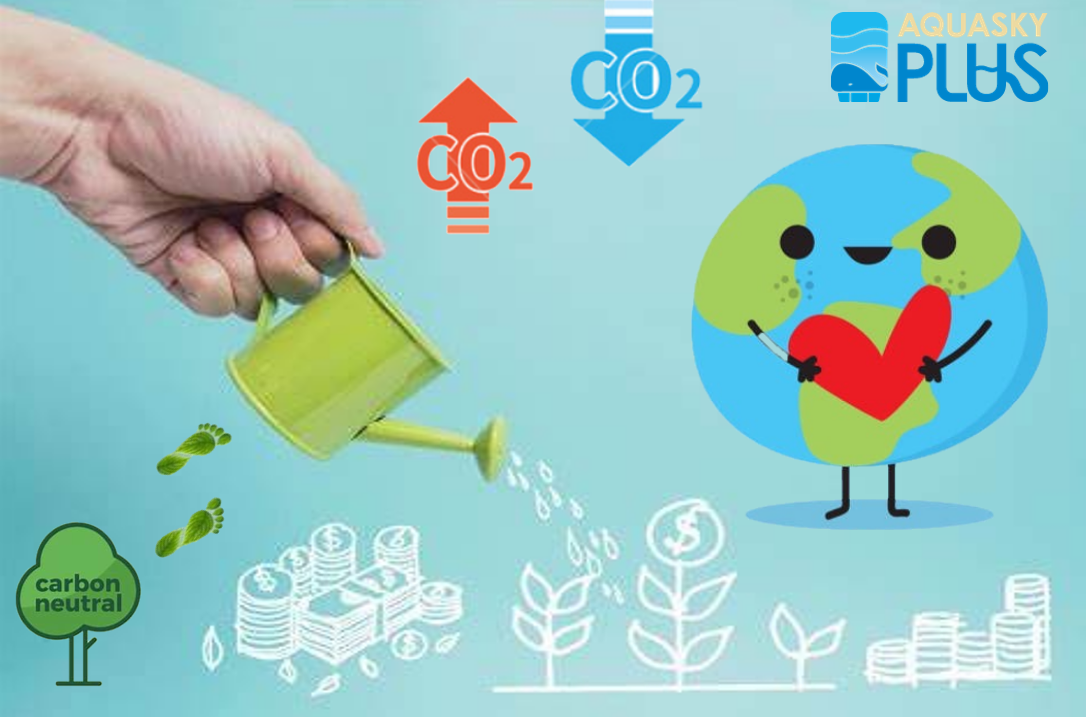About Green policy & Green economy development |Aquasky

The Carbon Border Adjustment Mechanism (CBAM) is a proposed carbon tariff on carbon intensive products imported by the European Union. Currently being legislated as part of the European Green Deal it is likely to take effect in 2026 with reporting starting in 2023. The price of CBAM certificates would be linked to price of EU allowances under the European Union Emissions Trading System and it is designed to stem carbon leakage from countries without a carbon price.
In its first phase, the CBAM will focus on goods most at risk of carbon leakage:
1. Cement.
2. Iron & Steel.
3. Aluminium.
4. Fertiliser.
5. Electricity.
The CBAM system will work as follows:
1. EU importers of goods covered by the CBAM register with national authorities where they can also buy carbon (CBAM) certificates corresponding to the carbon price that would have been paid, had the goods been produced under the EU’s carbon pricing rules.
2. The EU importer must declare by 31 May each year the quantity of goods and the embedded emissions in those goods imported into the EU in the preceding year.
At the same time, the importer surrenders the number of CBAM certificates that corresponds to the amount of greenhouse gas emissions embedded in the products.
3. If importers can prove, that a carbon price has already been paid during the production of the imported goods, the corresponding amount can be deducted from their final bill
The CBAM will also help reduce the risk of carbon leakage by encouraging producers in non-EU countries to green their production processes.
Many countries have started carbon tariff planning and implementation. A green economy will be a trend, that allows reduced carbon emissions and pollution, enhanced energy and resource efficiency, and prevention of the loss of biodiversity and ecosystem services.
Carbon-neutral is the balance between emitting carbon and absorbing carbon emissions from carbon sinks. It means that any CO2 released into the atmosphere from a company’s activities is balanced by an equivalent amount being removed. Or simply, eliminate all carbon emissions altogether. Carbon sinks are any systems that absorb more carbon than they emit, such as forests, soils and oceans.
Net-Zero carbon emissions mean that an activity releases net-zero carbon emissions into the atmosphere. Net-Zero emissions balance the whole amount of greenhouse gas released and the amount removed from the atmosphere.
Net-zero emissions is based on the 4 major transition strategies of “Energy Transition”, “Industrial Transition”, “Lifestyle Transition”, and “Social Transition”, It aims to develop action plans for key areas of expected growth with regard to energy, industrial, and life transition to implement net-zero transition goals. It is about environmental sustainability, not only about competitiveness. Only by laying a foundation for long-term growth and stability can we leave behind a better place for future generations.
Green economy development goals establish a real link between the ecological system and the economic system. They also reinforce the need for a transition to a green economy, a fundamental transformation towards more sustainable modes of production and consumption.
The above article is the sharing of current events with you.
If you have any further question, please feel free to contact us.
E-mail: [email protected]